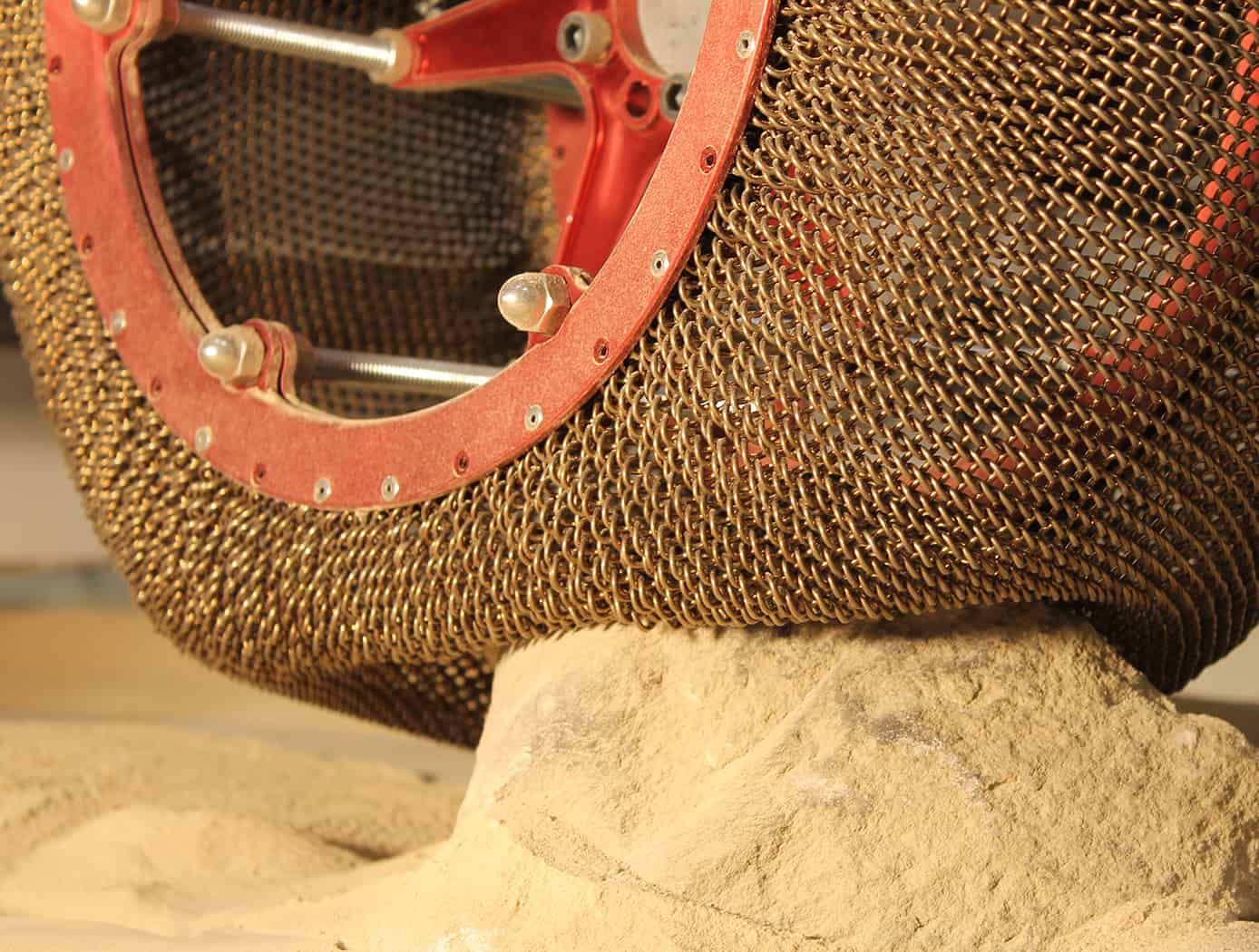
Dame Susan Jocelyn Bell Burnell in 1967, the year she found the first evidence of a pulsar. Credit: Wikimedia Commons.
While she was still a graduate student at the University of Cambridge studying strange far-away objects in distant galaxies, Jocelyn Bell Burnell came across something peculiar. A squiggle periodically appeared on the 96-feet-long chart paper etched in red ink, indicating the presence of mysterious, pulsating radio waves.
She extracted more data but the blip in the charts disappeared — only to oddly return a month later.
When Burnell showed the data to her supervisor, Antony Hewish, the professor dismissed the readings as some artificial radio interference. For the young student, this came as a strong hit. She who was having a row with imposter syndrome — the belief that you’re an inadequate and incompetent failure, despite evidence that indicates you’re skilled and quite successful — and wanted to prove herself. So nevertheless, she continued to pore through the data.
Burnell was convinced the anomaly was not indicative of interference because the radio waves were generated by something moving at the same speed as the stars. The source had to be in space somewhere. She was right.
Today, we now know that these sort of sources are, in fact, dense, rapidly spinning neutron stars that emit radiations. These objects are called pulsars and are considered one of the greatest astronomical achievements of the 20th century. Pulsars have helped scientists detect exoplanets, design better spacecraft navigation, or test Einstein’s theory of general relativity.
The discovery was so important that it was awarded the 1974 Nobel Prize. But it wasn’t Burnell who received it — the distinction went to Hewish, the professor who dismissed her finding.
“[I]n those days students weren’t recognized by the committee,” Burnell said in 2009, apparently not very fazed by the lack of recognition for her hard work.
It was 1967 when Burnell first noticed the blips in her radio telescope charts. Now, more than fifty years later, her work has been awarded an important recognition: the Special Breakthrough Prize in Fundamental Physics — and a check for $3 million.
The awards were founded in 2013 by science and technology gurus including Mark Zuckerberg, Anne Wojcicki (co-founder and CEO of personal genomics company 23andMe), and Jack Ma, founder of the Alibaba Group. They’re the largest science prizes in the world, financially speaking, dwarfing the Nobels by a large margin.
“Professor Bell Burnell thoroughly deserves this recognition. Her curiosity, diligent observations and rigorous analysis revealed some of the most interesting and mysterious objects in the Universe,” said Yuri Milner, one of the founders of the Breakthrough Prizes, in a statement.
Congratulations to Dame Jocelyn Bell-Burnell on her Special Breakthrough Prize in Fundamental Physics & on her generous decision to donate the money to help under-represented students in physics https://t.co/zW9ZbRB5Bu pic.twitter.com/daFxRdcQgK
— The Royal Society (@royalsociety) September 6, 2018
Laudably, Burnell chose to donate her prize money to the UK Institute of Physics, which will be used to fund grants for physics students from under-represented groups.
“I don’t want or need the money myself and it seemed to me that this was perhaps the best use I could put to it,” she told the BBC.
“Jocelyn Bell-Burnell’s work on the discovery of Pulsars really did contribute to a major breakthrough in our understanding of the universe. Her generous decision to donate the prize money to bringing more women, under-represented ethnic minorities and refugees into the world of physics, can hopefully help to increase the flow of breakthrough moments in the future,” Richard Catlow, Vice-President of the Royal Society, said in a statement.
And in the same good spirit, the accomplished physicist really never held a grudge for getting snubbed the Nobel. In fact, she saw any good things out of it.
“I feel I’ve done very well out of not getting a Nobel prize,” she told The Guardian. “If you get a Nobel prize you have this fantastic week and then nobody gives you anything else. If you don’t get a Nobel prize you get everything that moves. Almost every year there’s been some sort of party because I’ve got another award. That’s much more fun.”









